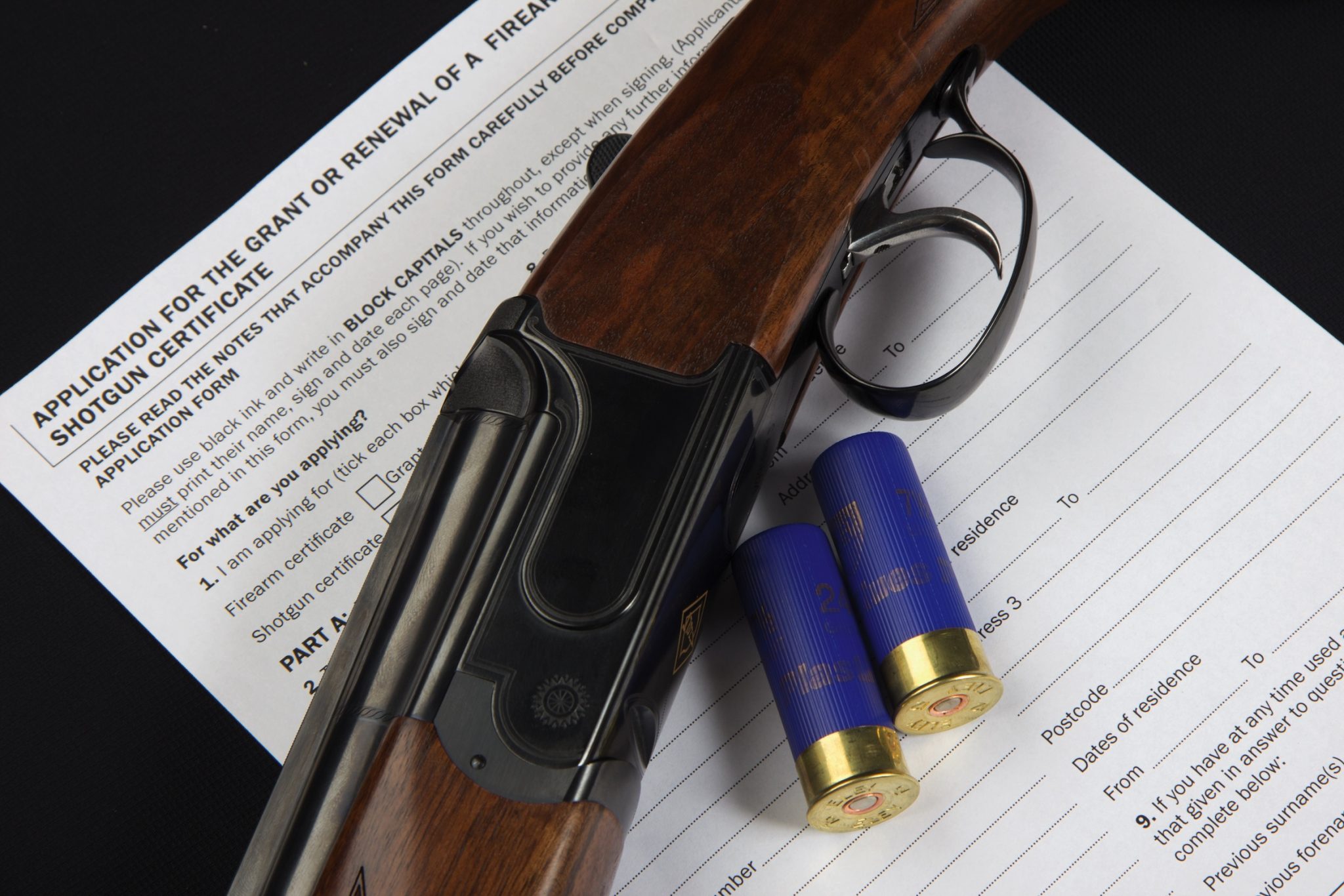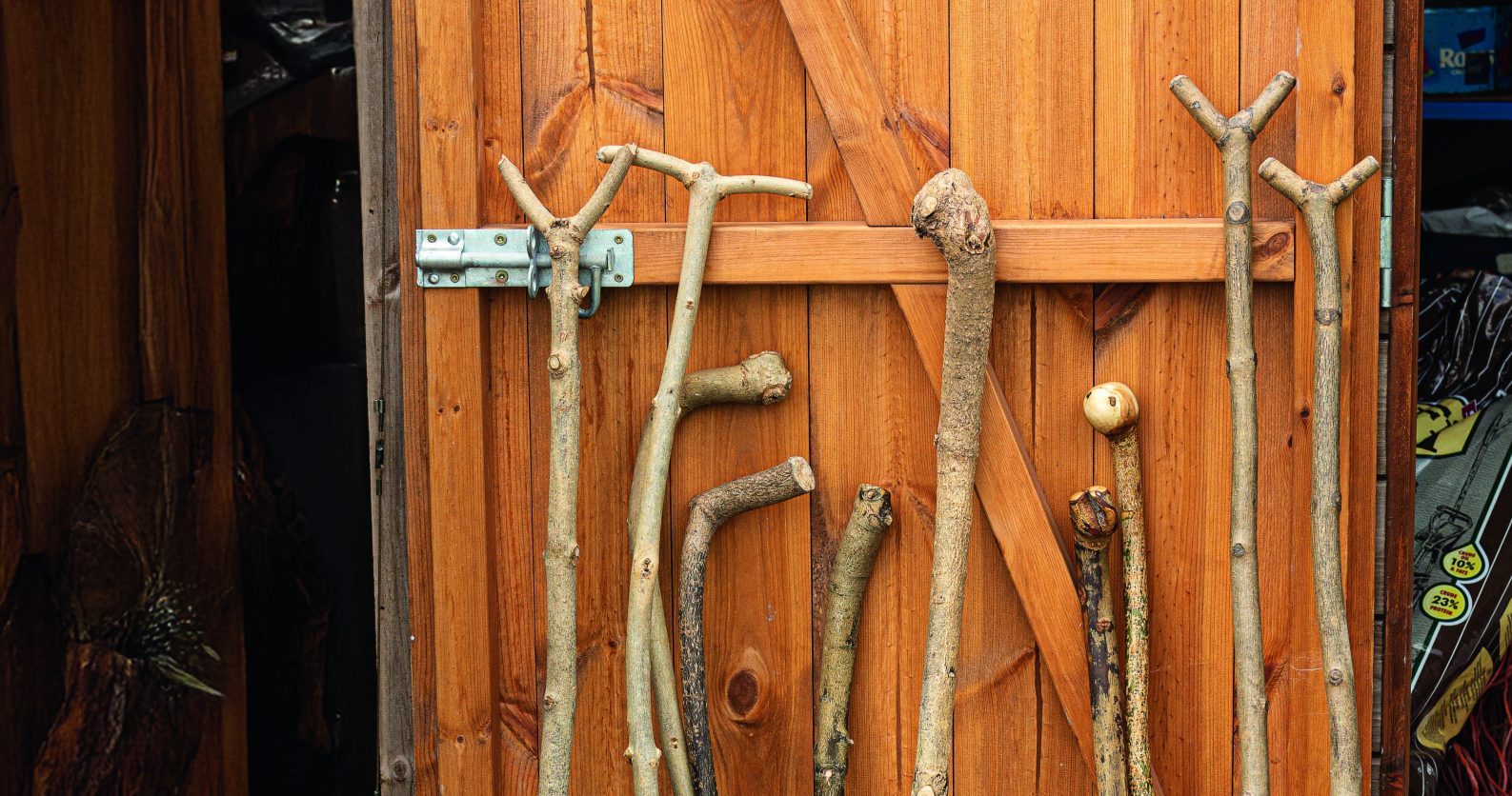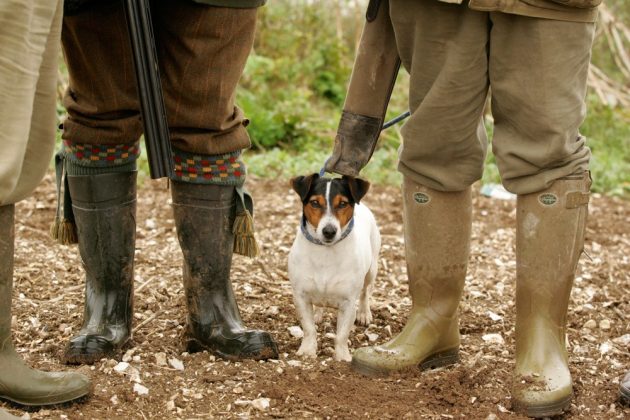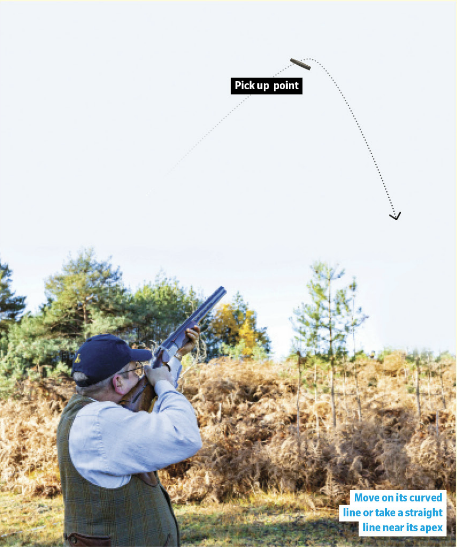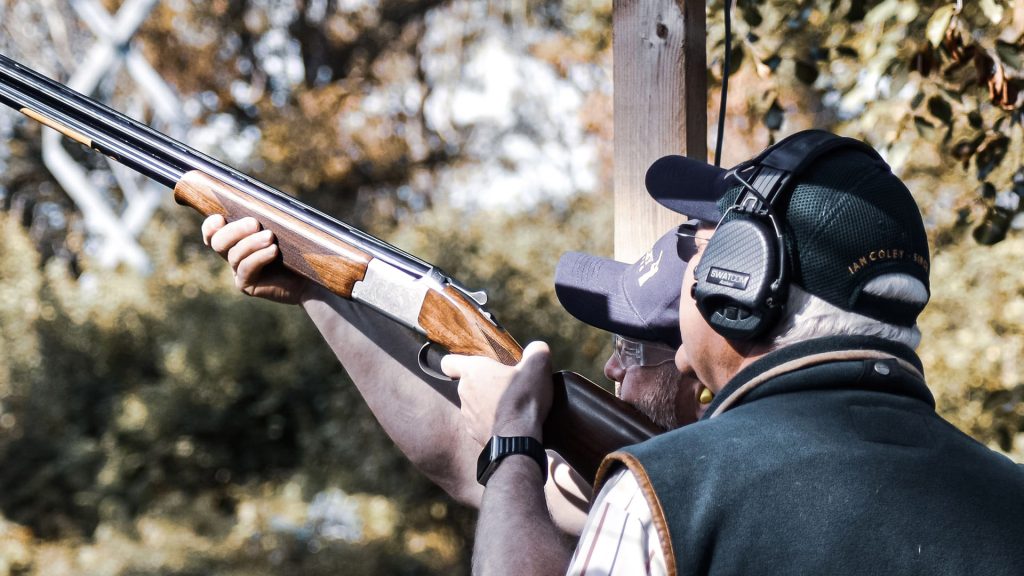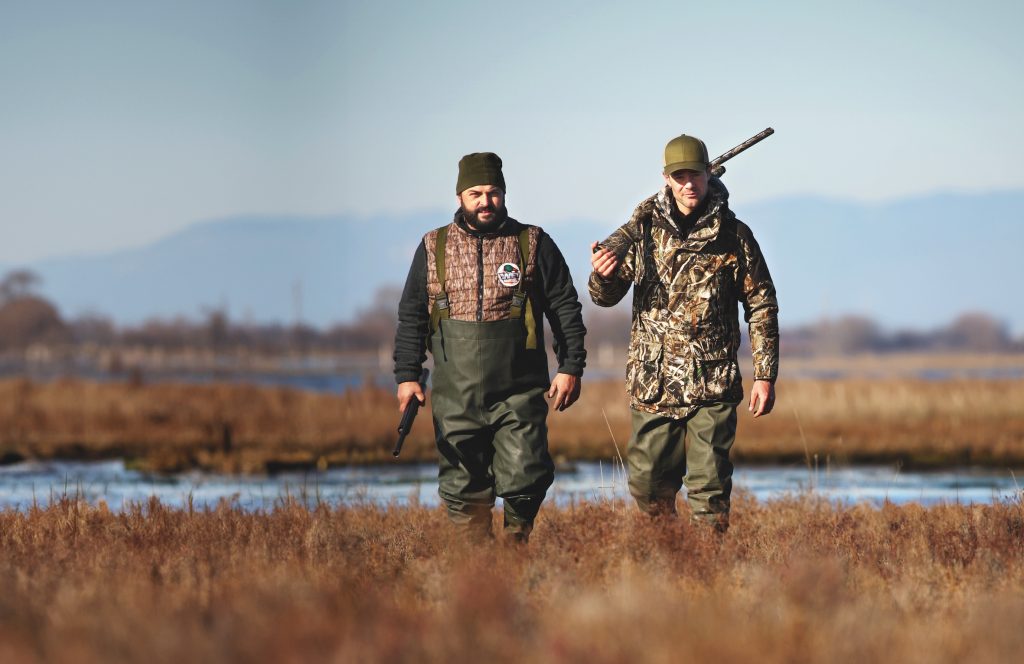Win CENS ProFlex DX5 earplugs worth £1,149 – enter here
Clay shooting: How to hit battue clays
Clay shooting: Mark Russell of Grimsthorpe SG reveals how to hit that loopiest of targets - the battue.
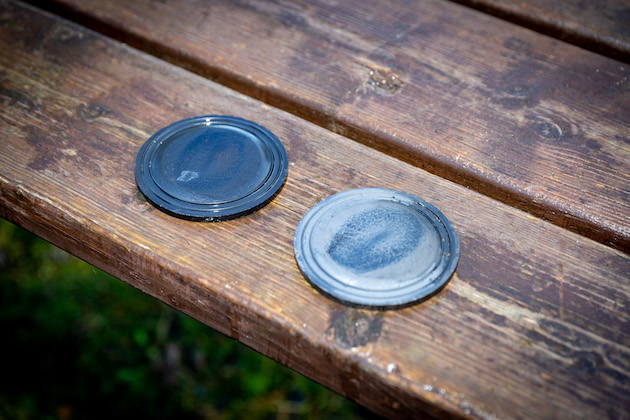 Tony Bracci Instruction June - Battue
Tony Bracci Instruction June - Battue
Learning how to hit battue clays is a skill you’ll want to master if you’re going to have the clayshooting technique you’re aiming to achieve. What marks out battue clays as being different? They’re the same diameter as a standard clay – that is 110mm.
However a battue clay is quite flat – whereas a standard clay is concave and more frisbee-like. A battue clay has a slight dishing on one side but due to its razor-like profile it can cut through the air up to two and a half times faster than a standard clay.
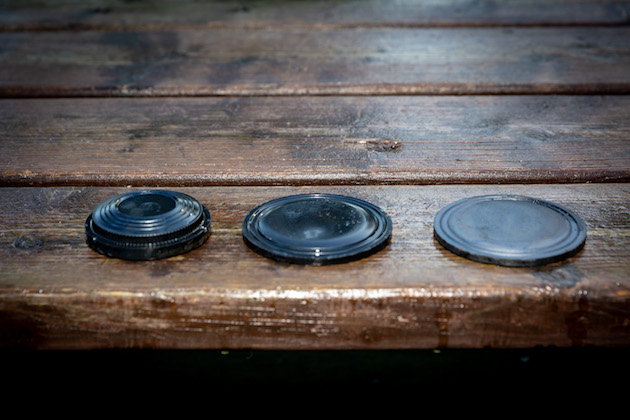
The battue is quite flat, unlike a standard clay
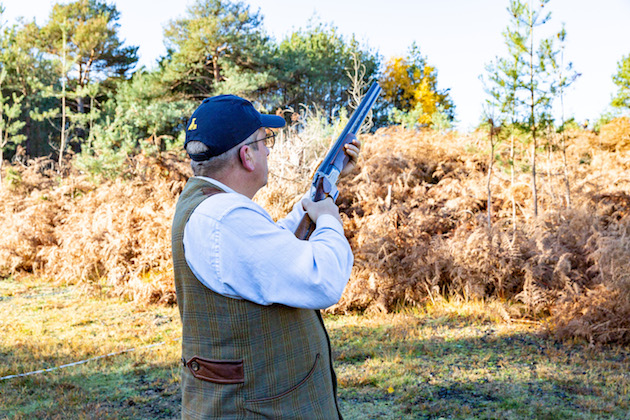
A battue can be hard to see, so start gun down
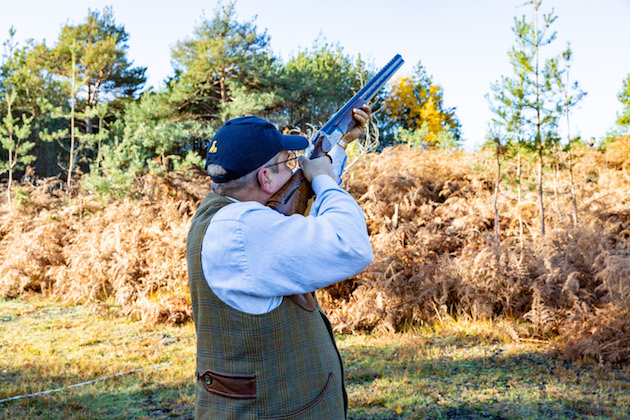
Battues are fast, so don’t let them catch you
To hit battue clays you’ll need to be fast
As the battue comes off the trap arm, if you can see anything at all it will be a pencil line in the sky. As it travels out it will start to twist on its axis exposing its belly. Depending on which way up you load them they can twist sooner or later.
The battue can be hard to see, not only when edge-on but also as they are so flat that in some light conditions they almost disappear once they’ve turned.
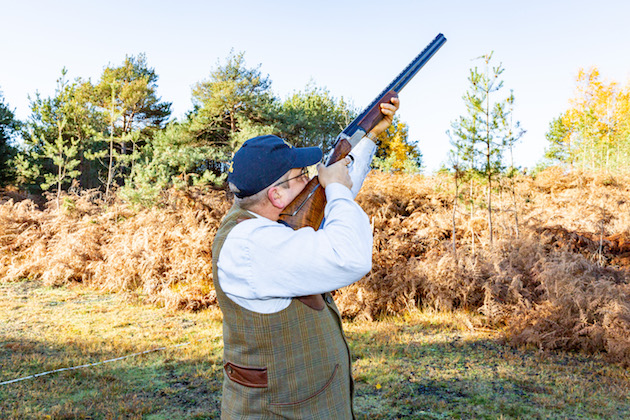
You can take the shot as you would a looper
Like a looper
Clever target setters can force you into taking this target in an awkward place as you wait for it to show itself. It never really travels on a straight line, instead twisting and curling. We have to take it as we would a looper. Either moving the gun on its curved line or taking a straight line near the apex and anticipating the drop and forward allowance. Remember the extra speed means it could be travelling a lot faster than a standard Chondel looper.
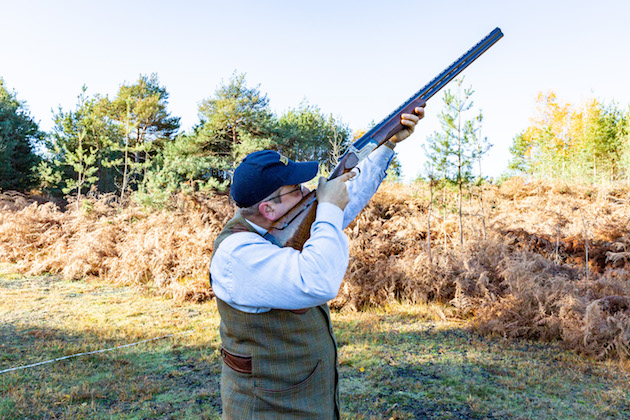
Don’t let the battue fill you with dread
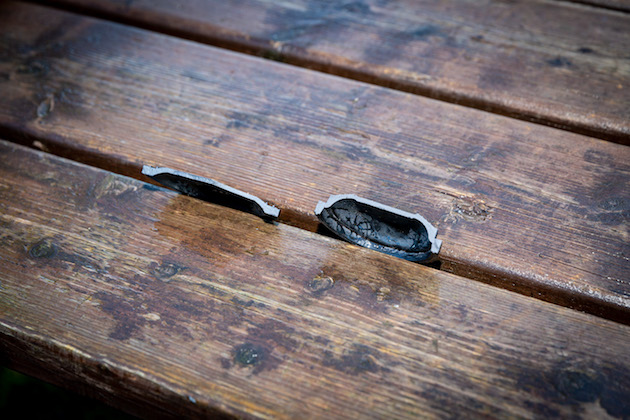
Cross-section of a battue (left) and standard clay (right)
Know your quarry
A battue is a great target to be set out at a distance because it is hard to see edge-on and suddenly appears. You will have to work hard because of the speed, but even harder if it’s out at a good distance. If set as a quartering target it can be tough waiting for it to show itself, forcing you to take it farther out than you would probably like. It is a great target for a course setter to try to catch you out. But don’t let it fill you with dread, just dig deep and push on. If it doesn’t work, push harder. You may surprise yourself just how much you will have to give.
Top tips to hit battue clays
- Battues are fast, but don’t hurry your shot
- Take the target as you would a looper
- If it doesn’t work, try harder
Related Articles
Get the latest news delivered direct to your door
Subscribe to Shooting Times & Country
Discover the ultimate companion for field sports enthusiasts with Shooting Times & Country Magazine, the UK’s leading weekly publication that has been at the forefront of shooting culture since 1882. Subscribers gain access to expert tips, comprehensive gear reviews, seasonal advice and a vibrant community of like-minded shooters.
Save on shop price when you subscribe with weekly issues featuring in-depth articles on gundog training, exclusive member offers and access to the digital back issue library. A Shooting Times & Country subscription is more than a magazine, don’t just read about the countryside; immerse yourself in its most authoritative and engaging publication.



